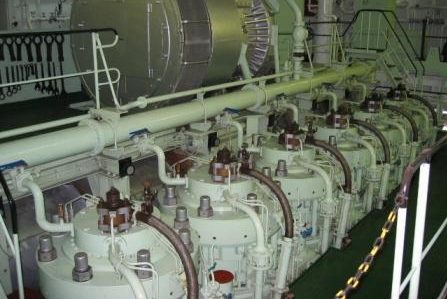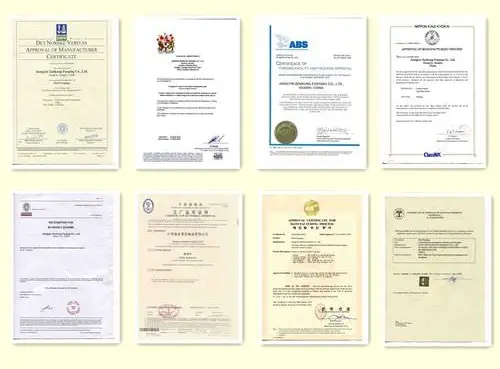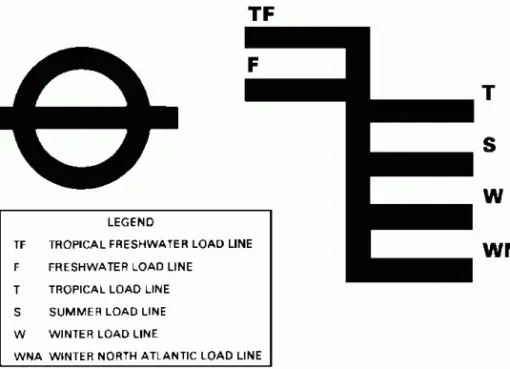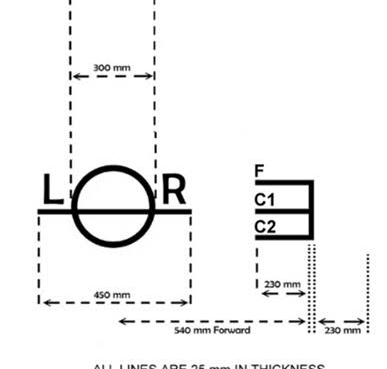Scavenge Space Fires can occur in the scavenge trunking of large bore, 2 stroke engines as a result of oil and carbon that has been blown from the cylinders through the scavenge port and collected in the spaces. The source of heat to ignite the fire is usually sparks and the gases which get blown through the scavenge ports or past worn out piston rings. The oil is mainly lube-oil or can be unburnt fuel oil.
Causes:
- Presence of combustible material in scavenge spaces and sparks from piston rings will lead to a fire.
- Combustion gases are blown past worn out piston rings or worn outliner.
- Poor combustion leading to accumulation of combustible material in the scavenge space caused by faulty exhaust valves/fuel injectors/fuel pumps etc.
- Excessive cylinder lubrication which will cause deposits in the scavenge space.
- Under cylinder lubrication which will lead the liner to wear.
- Leakage of piston cooling oil findings its way into the scavenge space.
- Incomplete combustion due to prolonged slow speed operation of the engine.
- Piston rod stuffing box leakage.
Confirmation of a scavenge fire
- Scavenge space high-temperature alarm (set at 200 deg c).
- Exhaust temperatures high.
- Jacket cooling water outlet temp high.
- Piston cooling water outlet temp high.
- Acrid smell.
- Irregular running of the engine.
- Turbocharger surging.
- Possible smoke from the turbocharger.
- Scavenge manifold relief valve lifting.
- Sparks from the funnel.
Action in case of scavenge fire
- In case of a scavenge fire, slow down the engine and then stop it.
- Stop scavenge blowers to cut off the supply of fresh air.
- The turning gear should be engaged and the engine continually turned to avoid seizure.
- Fight fire with fixed fire fighting system i.e. Injection of inert gas or steam.
- If the engine cannot be stopped due to any navigational constraint, then cut the fuel supply to the affected unit, increase cylinder lubrication to the affected unit. Slow down the engine further and stop it when possible.
- Cause of the fire to be ascertained and rectified. Also, check and rectify any damage due to fire. Clean the scavenge space before restarting the engine.
Precautions to minimize scavenge fires
- Regular inspection and cleaning of scavenge spaces, rectify anything abnormal.
- Maintain good combustion by a regular routine maintenance of combustion system.
- Correct rate of cylinder lubrication.
- Check temperature sensors regularly.




